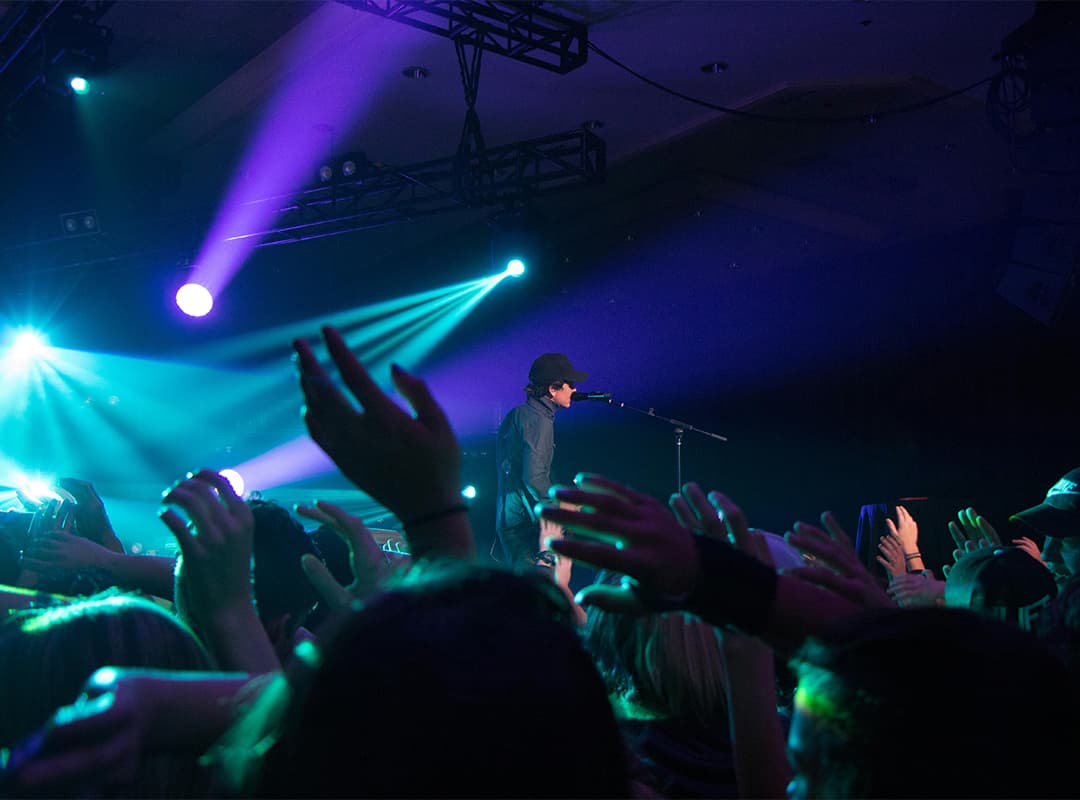Indie music is a general name for various musical genres that are positioned as independent of popular commercial music and mainstream trends, and also promote the so-called DIY ideology.
Initially, indie music was understood to mean any musical compositions that were not released by major record companies. At the same time, most independent bands and performers opposing the mainstream at that time played various types of post-punk (gothic rock, dark folk, neo-psychedelia, etc.) or alternative rock music (noise rock, shoegazing, etc.), which influenced the emerging image and content of indie music.
The origins of indie culture
In the broadest sense, indie is any independent music of various genres, including indie rock, indie pop, indie electronica, indie folk, and independent music labels.
Indie rock, which emerged in the 1980s, was a genre of alternative rock music that existed on the underground scene. During this period, the concept of indie rock was used as a synonym for alternative rock music in terms of content, but it allowed distinguishing musicians by geographical criteria: it was assumed that in the first case we are talking about performers from the UK, in the second – from the USA. However, in the 1990s, when American pop-punk and grunge musicians, as well as English Brit-pop musicians, became incredibly popular and entered the mainstream, the concept of indie rock began to denote representatives of the underground alternative rock music scene. In the 2000s, the development of the music industry and Internet technologies led to the fact that indie rock became a commercially successful trend, so the meaning of the term was rethought again.
Indie folk is a musical genre that has its roots deep in traditional folk music, but has a unique flavor. It is a subgenre of alternative music that emerged in the mid-2000s when artists began to combine elements of classic folk with various other genres such as rock, pop, and electronica to create a sound that is both modern and traditional.
The genre is also marked by a growing trend of collaboration between artists from different musical backgrounds, leading to a fusion of styles that has spawned a new wave of creativity and experimentation.
The unique sound of indie folk
Acoustic strings and raw vocals
One of the most prominent characteristics of indie folk is the use of acoustic instruments. Strumming on the guitar, plucking on the banjo, and percussion instruments are all essential elements of the indie-folk sound. And then there’s the vocals – raw, emotional and real.
Emotional and authentic lyrics
Indie folk lyrics often tell about personal experiences, emotional struggles, and introspective thoughts. They tell stories, evoke emotions and communicate with the listener on a deeply personal level.
Complex melodies and harmonies
Indie folk tends to favor complex melodies and harmonies, creating a rich, multi-layered sound that stands out from other genres.
